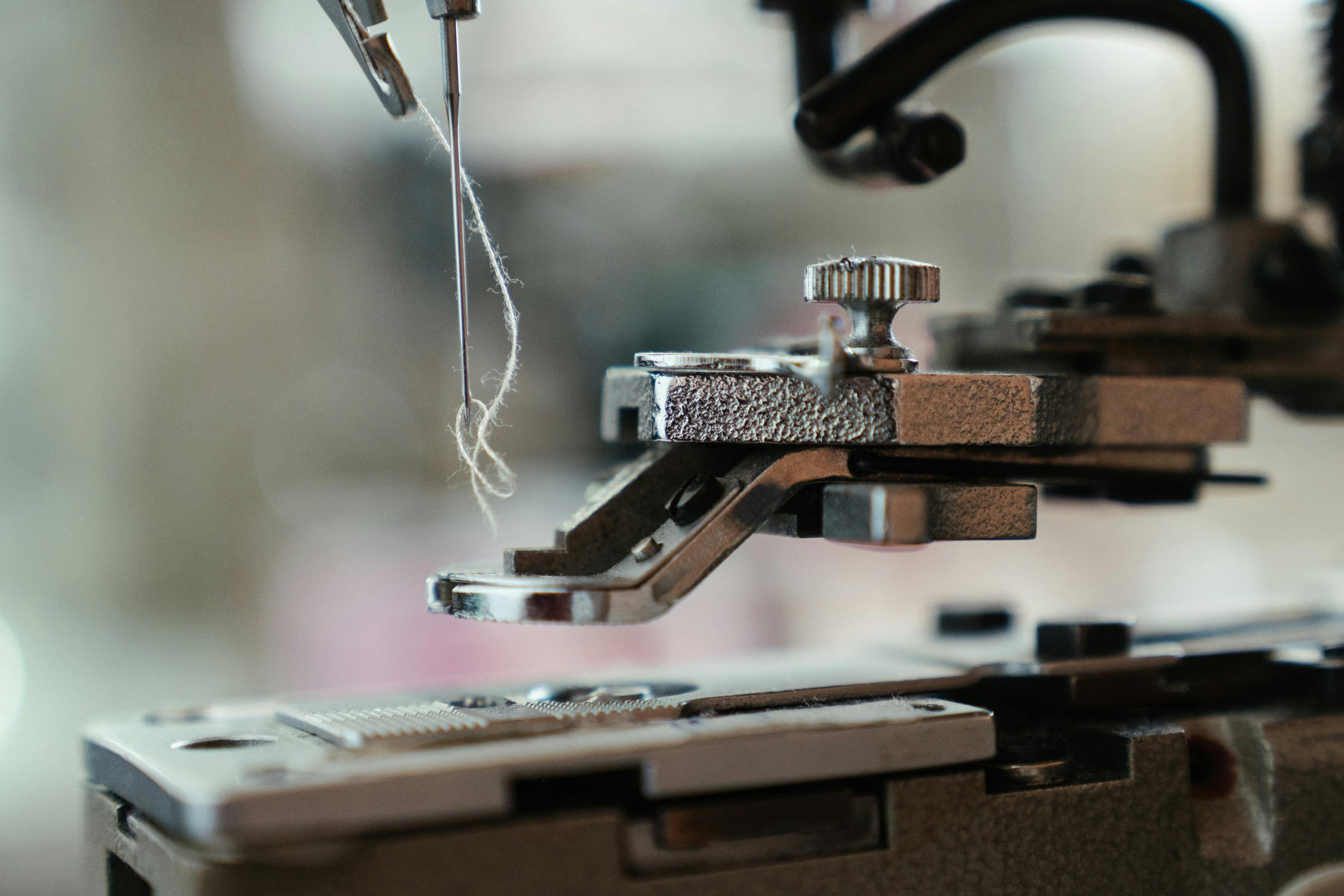This will be a bigger leap in the quality of the home entertainment experience than even switching from black-and-white television to color, from Hi-Fi to stereo, or from AM to FM. HDTV, in addition to picture and sound, will also provide data services, such as electronic program guides or information related to the programs you watch. Local broadcast stations broadcasting in HD will be able to broadcast an additional high-quality image or several separate camera angles equal to the current images. HDTV will offer the opportunity to develop sophisticated services that meet consumers’ demand for flexibility and convenience.
High Definition It will be presented in 16:9 format and will support resolutions up to 1940×1080, as well as giving you twice the image information, both vertically and horizontally. It will not work on regular analog TVs, as these sets do not support the interfaces required for HDTV signals.
After February 17, 2009, local analog TV channels will stop broadcasting, everything else connected to your analog TV will continue to work.
DVD
By the time HDTV is widely available, high-definition movies will be on shelves, playable on Blu-ray, HD DVD, or both, depending on how the format war goes. When you switch to HD, you may need to connect your HD set-top box, Blu-ray player, or HD DVD player to your TV using an HDMI (High-Definition Multimedia Interface) cable. Both Blu-ray and HD DVD are backwards compatible with the existing DVD standard, so you can play your current discs on a state-of-the-art player, but the two competing formats are not compatible with each other. It’s kind of funny if you’re old enough to remember the ‘Beta-Max VHS Wars’, Beta you say?
Technology
What issues are early adopters of this new technology facing, and what caveats remain for it to become mainstream? People who buy HDTV units today are known as “early adopters.” They usually buy whatever is “Latest and Greatest”, especially in the high-tech field. Other consumers will have to be sold on the technology. A large number of older televisions will become instantly obsolete and when their owners make plans to replace them, newer technology like HDTV, as it exists at the time of mass conversion, will be very attractive. You can bet there will be a market for ‘hardware conversion’ to enable ‘analog’ TVs to be used with the new HD Broadcast technology. If you now record local off-air TV shows on your VCR, you will not be able to continue to do so after February 17, 2009 without an update. To continue recording local TV shows, you’ll need to connect a digital-to-analog TV converter box to your VCR or purchase a different TV recording device that has a built-in DTV tuner. You’ll need that to continue recording shows from local TV stations after February 17, 2009. The arrival of Tivo will eventually make the VCR question irrelevant.
While HDTV prices are falling, the high-definition equivalents of many of the complementary technologies we expect to remain relatively expensive, such as home storage and recording media. The HD DVD and Blu-ray war is another slowdown in the introduction of high-definition technology into the mainstream. In reality, the major distinctions between competing HD formats will be nearly imperceptible unless you’re viewing on a screen larger than 55″ in size.
Antenna
In cities across the country, stations have already started broadcasting an HDTV signal, which can be received with an antenna. To receive digital and HD signals over the air, you need a tuner and a digital antenna. To view local network affiliates, some satellite customers may need to trade their satellite dish for an antenna. To receive HDTV through the antenna, you will need: An HDTV, an HDTV tuner, an HDTV antenna. Depending on your location, you may need an antenna rotator to point the antenna at multiple broadcast towers.
A major hurdle to overcome with over-the-air HD transmissions over antenna is that the technology has to overcome ‘consumer misperceptions and entrenched myths, combined with a lack of knowledge about antenna capabilities. The solution to the antenna/satellite conversion issue may have a more long-term effect on consumer response than the seemingly obvious debate on other hardware.
Note: The HDTV tuners that come built into many HDTVs are wireless tuners for use with an antenna and cannot be used as cable HD tuners.
local response
It’s always a good idea to check with your local TV dealer about what HDTV services are available in your area before you buy. It would even be a good idea to call the local TV stations and ask for the chief engineer to find out the details of the stations.
The cable industry believes that HDTV will boost DTV sales and drive prices down to a point where more consumers can buy.
I’m looking at a DLP projector system now; capable of displaying HD and allowing connections for an HDTV tuner. Maybe HDTV will be my next purchase.




